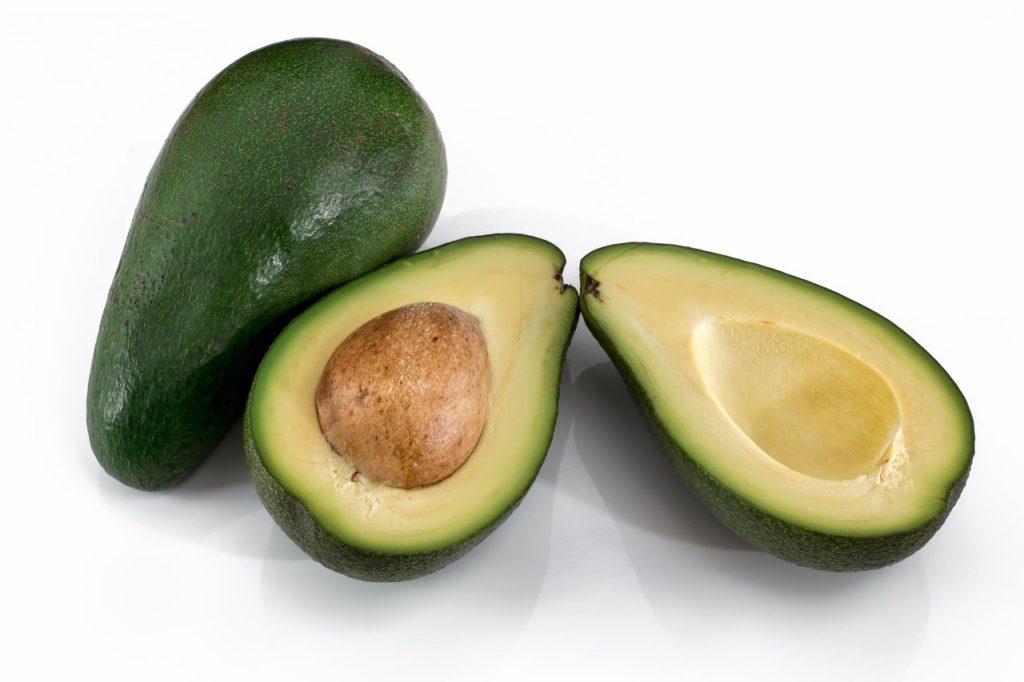The keto diet is a great technique that can help you lose weight quickly while enjoying tasty foods for every meal. It can also provide you with additional benefits to your health and well-being.
However, the downside is that it often takes two to three weeks for the positive effects of the keto diet to kick in. During that time, you’ll likely experience some slightly uncomfortable side-effects as a result of your metabolism changing, and it can be especially annoying if you don’t even have any obvious benefits to show from it.
The good news is there are a few ways to really ramp up your body’s production of ketones in a relatively short amount of time.
If you stick with all of the following tips, you can potentially induce ketosis within two days to a week, and potentially even within 24 hours if you’re lucky.

Watch Your Carb Consumption
By far, the most important factor in inducing ketosis is minimizing the number of carbs you eat as much as you possibly can.
Your body usually tends to rely primarily on carbs for energy. This is because carbs are broken down into glucose or blood sugar. Most of the time, your cells are burning glucose for fuel, causing you to crave carbs.
By vastly reducing your carb intake, your body is forced to switch over to its stores of fat for energy. These fats are converted to ketones in your liver.
The maximum amount of carbs you can allow into your diet will depend on your specific nutritional requirements. In general, you should try and limit your carb intake to around 20-50 grams of carbs a day.
Try Fasting Briefly
Perhaps the best way to induce ketosis very quickly is to fast for brief periods of time. In fact, people often go into mild ketosis naturally between dinner and breakfast.
You can fast during the day by only eating breakfast and dinner, and spacing these two meals out as far apart as you can.
There are two types of fasting you can do. The first simply involves not eating for a period of time. The second involves eating only about 1000 calories a day but making 85-90% of those calories come from fat alone.
This technique is called “fat fasting.” The combination of a high fat intake but a low overall caloric intake can help induce ketosis very quickly.
Fat fasting is difficult to stick with because the very low intake of calories it involves will probably leave you feeling hungry a lot of the time. Also, because it is so low in calories and protein, you might start losing muscle mass as well as fat after fat fasting for more than three to five days.
Add Coconut Oil to Your Diet
Coconut oil is a great addition to your diet if you want to induce ketosis quickly.
This is because coconut oil contains specialized fats called medium-chain triglycerides (MCTs). What’s unique about MCTs is that they are absorbed by the body much faster than other types of fat, meaning that more fat is taken directly to the liver where it can be used or turned into ketones.
Coconut oil and other foods containing MCTs are also great for inducing ketosis even if you aren’t cutting back on your carb intake all that much.
However, eating too much coconut oil can cause symptoms like stomach cramps and diarrhea, so add it gradually to your diet to minimize the risk of this happening.

Try and Be More Active
Not only can being more physically active help you reach ketosis faster, but being in ketosis can also help you perform better athletically, particularly in terms of physical endurance.
During exercise, the body defaults to glucose for its energy source, as previously mentioned. These stores of glucose are usually replenished when you eat carbs, but if your carb intake remains low, then your glucose levels also remain low.
When your glucose levels are low enough, your liver begins producing ketones from fat for fuel.
Exercising as a technique for inducing ketosis is most effective at the beginning of the process when the ketone levels in your blood are low. Working out while fasting has also been shown to increase the production rate of ketones even further.
However, exercising when your ketone levels are already elevated won’t provide you with any additional benefits in this regard.
Eat More Healthy Fats
The keto diet is high in fat by nature, but it’s the type of fat you’re eating that makes the difference in inducing ketosis.
Some examples of healthy fats are:
- Olive oil
- Coconut oil
- Avocado oil
- Lard
- Butter
- Tallow
Some examples of foods that contain these fats are:
- Avocado
- Cheese
- Dark chocolate
- Whole eggs
- Fatty fish like salmon, sardines, herring, trout, and mackerel
- Nuts
- Full-fat yogurt
- Chia seeds
When you’re on a keto diet, you get about 60-80% of your daily caloric intake from fats alone. However, consuming too much fat can have a negative impact on your caloric intake and can prevent you from losing weight, so be aware of what you’re eating and what your calorie limit per day is. If you are unsure of what to eat, these Keto Cookbooks can help.

Watch Your Protein Intake
When starting a keto diet, it’s important you watch your protein intake levels closely.
Your cells also use protein as fuel, so cutting back on your protein intake is somewhat necessary for inducing ketosis quickly. However, too little protein can cause additional problems, so you need to make sure you’re eating just enough of it.
The liver needs protein to make glucose, which your body still needs some of even during ketosis.
While your muscles can pretty much function just off of the fat stores in your body, there are other parts of your body that can’t process ketones and need glucose to work. These include your red blood cells and parts of your brain and kidneys.
Protein can also stop you from losing muscle mass when cutting back on carbs. Usually, when losing weight, you lose muscle as well as fat, but having the right amount of protein in your diet can help prevent this.
Studies have shown that the optimal protein intake to maintain for most people is 0.55 to 0.77 grams of protein per pound of their lean mass. For example, if you weight 130 pounds, your protein intake should be 71-100 grams.
Monitor Your Ketone Levels
Perhaps the most important thing to remember when starting a keto diet for the first time is that the guidelines you need to follow are heavily dependent on who you are as an individual. Everyone processes and metabolizes food a little bit differently.
Therefore, it makes sense to periodically test your ketone levels to ensure that they’re at the correct levels, and everything is working.
How to Monitor Your Ketone Levels
Your body produces three types of ketones naturally: acetone, beta-hydroxybutyrate, and acetoacetate. These ketones can be detected in your breath, blood, and urine, respectively.
There are ketone monitors that you can breathe into to measure your ketone levels, similar to how a Breathalyzer works for blood alcohol content.
There are also ketone meters you can buy that detect the level of ketones in your blood. These work like glucose monitors for diabetics, where you prick your finger and place some of your blood onto a strip which is read by a handheld device.
There are also ketone strips you can urinate on that will measure the ketone content in your urine. The darker the strip turns, the more ketone is present in your system.
Using all of these methods together will help you find out for sure where your ketone levels are at. You can try using each method individually, but some of these methods have been shown to be more accurate than others.
On the other hand, some of these methods are also considerably more expensive to use than others.

Summary
In general, it doesn’t take too long to induce ketosis in your body if you’re eating a proper keto diet.
However, if you don’t particularly want to wait two weeks or more to see concrete results, there are definitely things you can do on your part to help speed up the process.
These things are pretty simple for the most part; you just need to watch your carbs and protein, add a few specialized food items to your diet, wait longer between meals, and exercise more.
It can be difficult to do all of these things simultaneously, but if you do as many of them as you can, you will almost certainly notice ketosis occurring in your body in a relatively short amount of time. These Keto Cookbooks can definitely help with getting into ketosis faster!
Throughout the whole process, you should do your best to monitor the ketone levels in your body as thoroughly as you can, to make sure that your diet is having the effect you want.
It’s definitely worth noting that even if you do all these things, you are not guaranteed to induce ketosis within 24 hours, as that is something that is hard to do in general. But doing these things will definitely decrease the time it takes to induce ketosis by some length.

